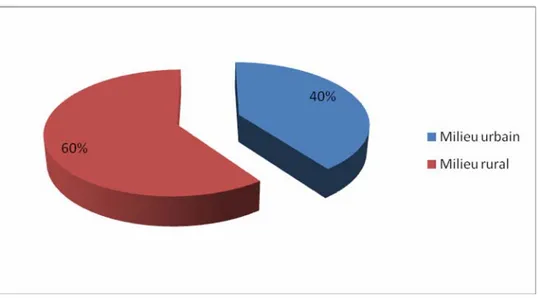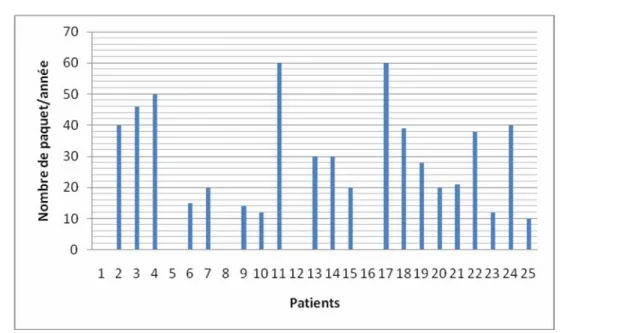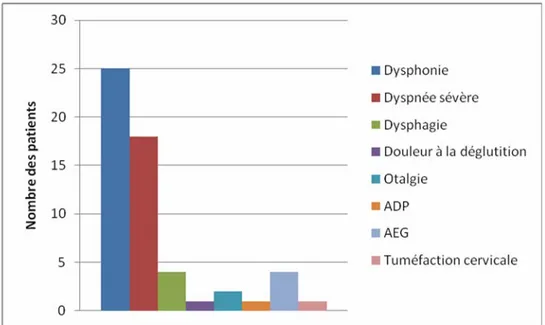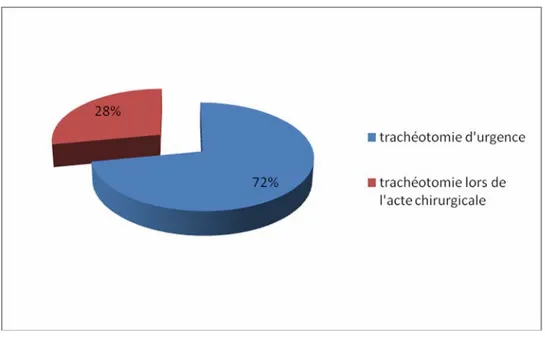Prise en charge des carcinomes épidermoïdes du larynx T3/T4 : à propos de 25 cas
Texte intégral
Figure




Documents relatifs
A prospective phase 2 trial of reirradiation with stereotactic body radiation therapy plus cetuximab in patients with previously irradiated recurrent squamous cell carcinoma of the
Superior prognostic utility of gross and meta- bolic tumor volume compared to standardized uptake value using PET/CT in head and neck squamous cell carcinoma patients treated
Au total 35 patients ont été hospitalisés pour un traumatisme fermé du rein isolé ou dans le cadre d’un polytraumatisme.. Les patients se répartissaient en 27 hommes (90 %) et
Motility-related protein-1 (MRP-1/CD9) expression can predict disease-free survival in patients with squamous cell carcinoma of the head and neck.. British Journal of Cancer ,
immunohistochemical analysis of transforming growth fac- tor α and epidermal growth factor receptor in patients with squamous cell carcinoma of the head and neck. Baumann M, Krause
Cetuximab, docetaxel, and cisplatin (TPEx) as first-line treatment in patients with recurrent or metastatic (R/M) squamous cell carcinoma of the head and neck (SCCHN): Final
PET/CT for the detection of synchronous primaries at initial staging of patients with head and neck squamous cell carcinoma (HNSCC).. Methods FDG-PET/CT images acquired between
state in the ‘‘Discus- sion’’ section, ‘‘Most solitary lung nod- ules in patients with HNSCC [head and neck squamous cell carcinoma] may ac- tually reflect advanced





